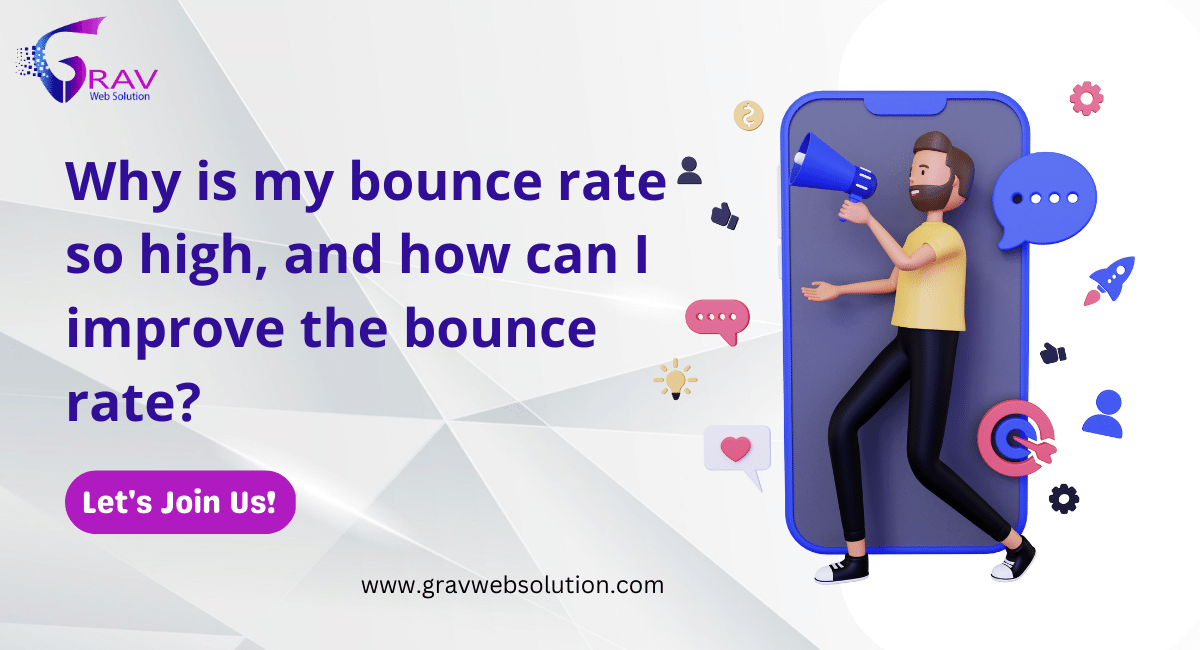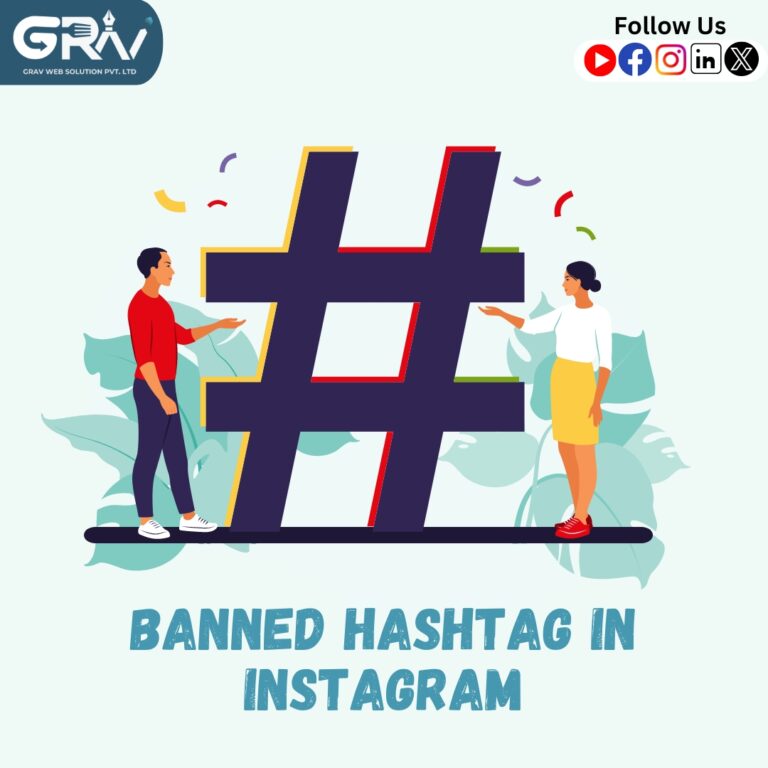Still, you’re presumably pondering the meaning of the colorful statistics displayed in your Google Analytics, similar as the brio rate. If you ’re reading this. Or maybe, you ’ve been using Google Analytics for a while, but noway really understood the significance of the brio rate metric. With the help of Google Analytics you can measure the business on your point and gain sapience into the performance of your point. One of the statistics handed by Google Analytics is the brio rate. The brio rate is measured in two different ways in Google Analytics the average brio rate of your website and the average brio rate per web runner. In this blog we will unfold on the meaning of the brio rate and how to ameliorate this for your website.
What is bounce rate?
The percentage of visitors who leave your website after reading just one page, or “bounce,” returning to the search results or referring website, is referred to as bounce rate.
A low bounce rate is typically viewed as favorable, while a high rate as unfavourable.
Let’s take a step back, though, and analyse when it is crucial to use the rate for research. Although it is a fairly generic indicator of how your site is doing, Google Analytics’ Audience Overview’s site-wide bounce rate can be found there. This is due to the fact that user behaviour varies between your website’s pages and sections, thus averaging all of this data into a single number doesn’t actually tell us much.
What bounce rate is good?
A high bounce rate is frequently interpreted negatively. However, this isn’t always the case. Every website and page has a different acceptable bounce rate. As a result, you should consider the webpage’s objectives and content. Do you have a website that entices visitors to linger and browse more? Alternatively, does your website promote single-page sessions? For instance, website visitors who read blogs are more likely to go, read the material they were searching for, and then depart. Despite the fact that the visitor received exactly what they requested, this will lead to a high bounce rate. A high bounce rate on your page in this situation is OK. So, constantly pay attention to a page’s objective. So always look at the goal of a page and consider how this may impact the bounce rate.
Additionally, since search engines direct users to the precise page they want, website visitors typically spend less time “exploring” a site. This implies that there is no fixed threshold for what constitutes a good or bad bounce rate.
Therefore, it’s more crucial to think about the user experience and whether visitors need to visit multiple pages. If so, it’s critical to consider alternative methods of measuring engagement rather than depending just on second page visits. Counting the number of successful activities you took on your website, such clicking a phone number or making a reservation, is another approach to gauge engagement. Select the website actions you want your visitors to take, then determine whether or not those actions are sometimes referred to in Google Analytics as “events.” Create “goals” in Google Analytics to track these.
How to improve the bounce rate
Depending on the goal of the website, a high or low bounce rate is not always good or bad. There are ways to improve this, though, if you have a page with a high bounce rate where it is not desirable. You can lower your website’s bounce rate by using the next three suggestions.
1. Ensure you have a mobile-friendly website
Google even rates for mobile friendliness. Mobile devices account for 52,2% of all internet traffic. Therefore, having a mobile-friendly website is crucial. If your website is not mobile-friendly, there is a good risk that visitors on mobile devices will quit it right away. As a result, ensure that your website is mobile-friendly.
2. Improve your site’s loading speed
The bounce rate is significantly influenced by how quickly a page loads. Visitors will frequently quit your website soon if a page loads slowly. The file size of images should be kept as little as possible, and browser caching should be used, among other things, to increase loading speed. With the use of programmes like Pingdom or Google Page performance Insights, you can assess the loading performance of your website. These programmes will also offer advice on how to increase the speed at which your website loads.
3. Use internal links
The likelihood that website users will click through to other web sites increases when internal links are used. The bounce rate will be reduced as a result. Additionally, internal links will enhance user interaction and make your website more accessible. The internal links should, however, be pertinent to the page the visitor just landed on. Additionally, effective internal linking might improve your SEO. Internal links connect the information on your website, such as blogs or other web pages, and help Google understand the layout of your website. As a result, you can assign the most significant web pages a higher link value than lesser-significant pages.
That’s it, then. I hope this essay clarifies what the bounce rate is.How to reduce a high bounce rate and what’s causing it. Are there any inquiries you have regarding this article? Contacting Grid Digital Marketing & Web Development is no problem.





